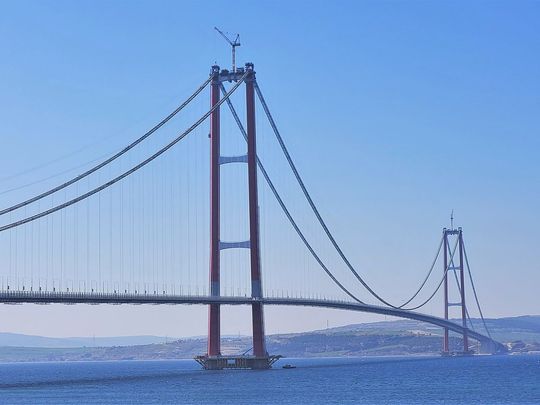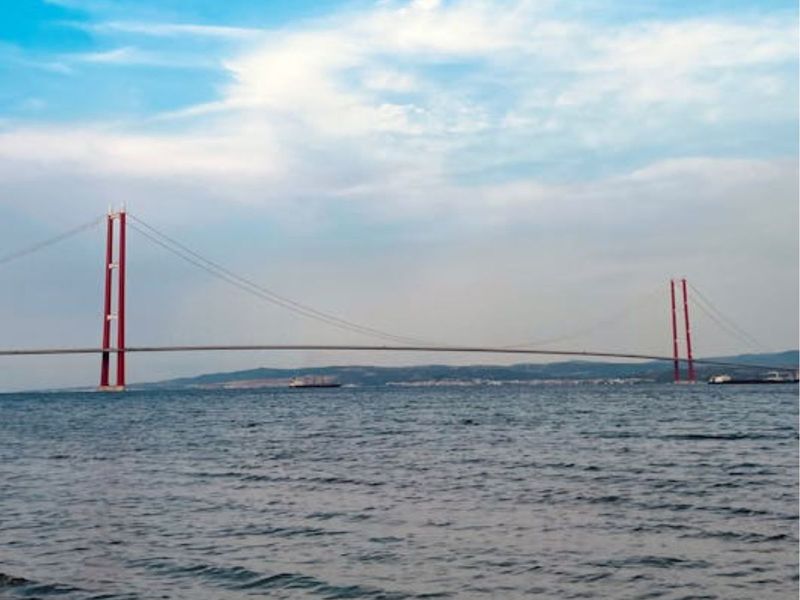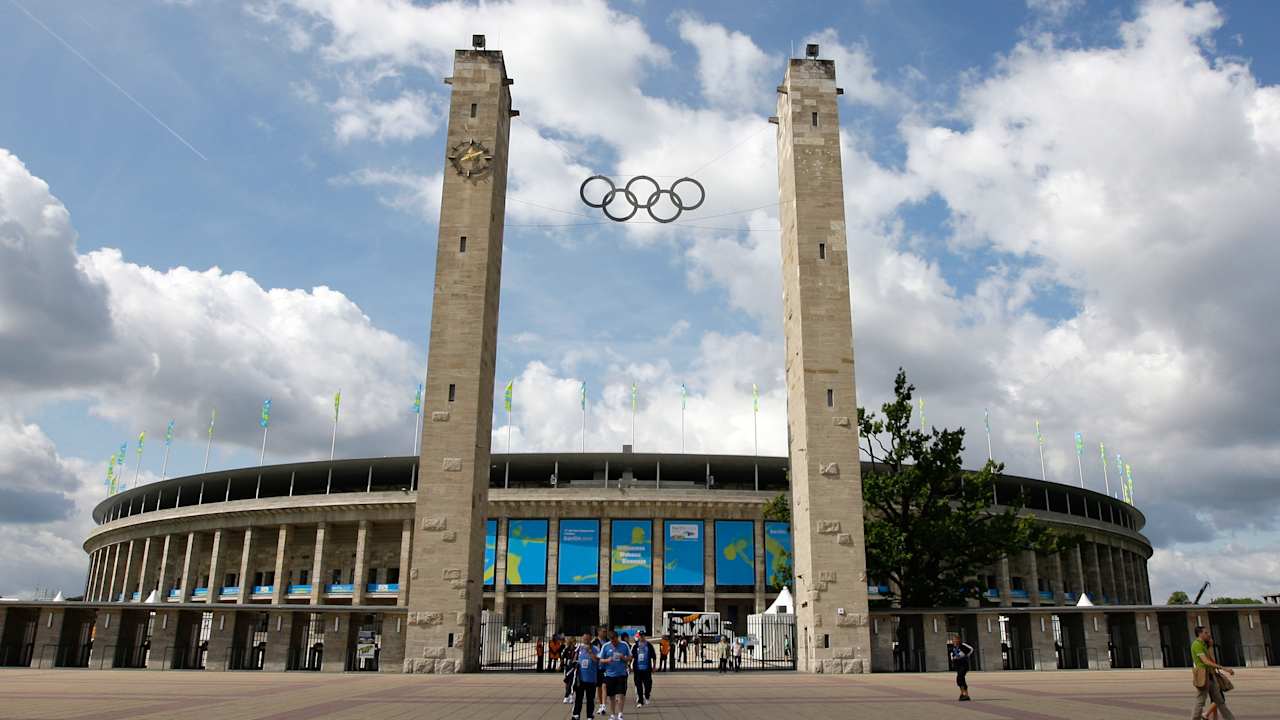World
World’s longest suspension bridge links Europe and Asia: What you need to know

Turkey’s 1915 Çanakkale Bridge, has redefined intercontinental travel. As the world’s longest suspension bridge, it has dramatically transformed travel between Europe and Asia.
Once, travellers crossing the Dardanelles Strait endured a 90-minute ferry ride to cross between the two sides. Today, thanks to this engineering marvel, that journey takes a mere six minutes, according to industry publication World Highways.
The International Roads Federation (IRF) picked the project (complete name: Çanakkale Bridge 1915 and Motorway Project) as the most successful in the field of construction methodology in 2022, due to innovative methods and engineering solutions implemented in a record four-year completion time.
The bridge’s name commemorates Turkey’s centennial.
$
1.895
bn
Cost of Turkey’s 1915 Çanakkale Bridge
The 1915 Çanakkale Bridge’s staggering 2,023-metre length, commemorating Turkey’s centennial, connects Gelibolu (European side) to Lapseki (Asian side) in a symphony of steel and symbolism.
Record
As the world’s longest suspension bridge, the bridge surpasses the Akashi Kaikyo Bridge (1998) in Japan by 32 metres (105 ft).
Image Credit: Gulf News | Source: RankRed
The bridge was officially opened on March 18, 2022 after a record four-year of construction.
The total bridge length is 4,608 metres, with side spans of 770 metres and approach viaducts measuring 365 metres and 680 metres.
318-metre towers

Image Credit: Ebrar Gursel | Pexels
The bridge’s two towers, reaching 318 meters, support the main cables that carry a 45-metre-wide deck – with three lanes in each direction.
The structure is designed to withstand high winds and seismic activity, using advanced engineering techniques to ensure durability.
Suspension bridges leverage the principles of tension and compression to achieve structural efficiency.
The cables carry tensile forces while the towers and anchors handle compression, allowing the bridge to maintain strength while using a relatively small amount of material.
The design allows for a central span that is longer than that of other types of bridges.
This bridge highlights Turkey’s growing prominence in global infrastructure and engineering, ensuring greater economic growth and regional cooperation across Europe and Asia.
Ahead of schedule
Constructed in just over four years, the bridge was completed 18 months ahead of schedule and opened in March 2022.
This vital link is part of Turkey’s Vision 2023 infrastructure plan, which aims to improve national connectivity.
Cost
The total cost of the Malkara-Çanakkale Motorway, including the bridge, reached €2.6 billion ($2.74 billion), with the bridge itself accounting for €1.8 billion ($1.89 billion).
Challenges
The design of the bridge had to overcome challenges such as strong winds and seismic risks. The bridge’s steel deck is designed to handle high dynamic loads and was tested for its performance under extreme conditions.
With a large team of over 1,300 subcontractors, the bridge project was completed efficiently despite the challenges posed by the COVID-19 pandemic, which affected supply chains.
The bridge also addresses risks from ship collisions, following lessons learned from recent incidents.

Image Credit: Reyhan Alioglu | Pexels










